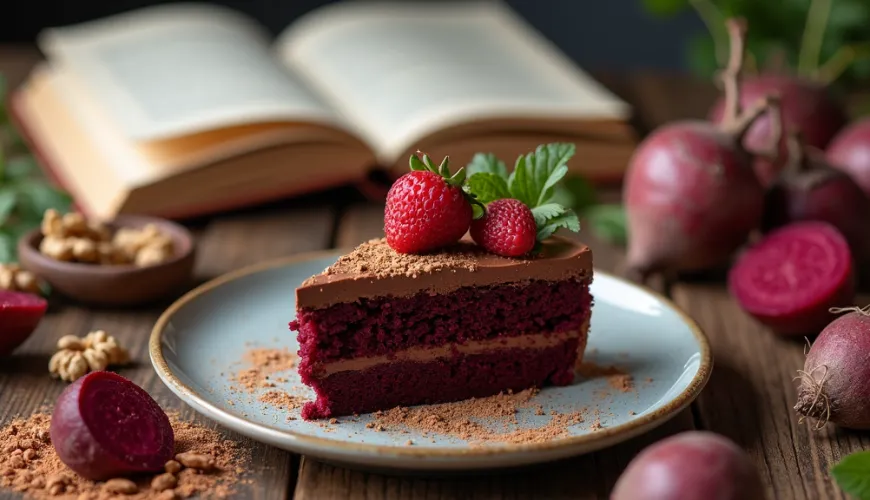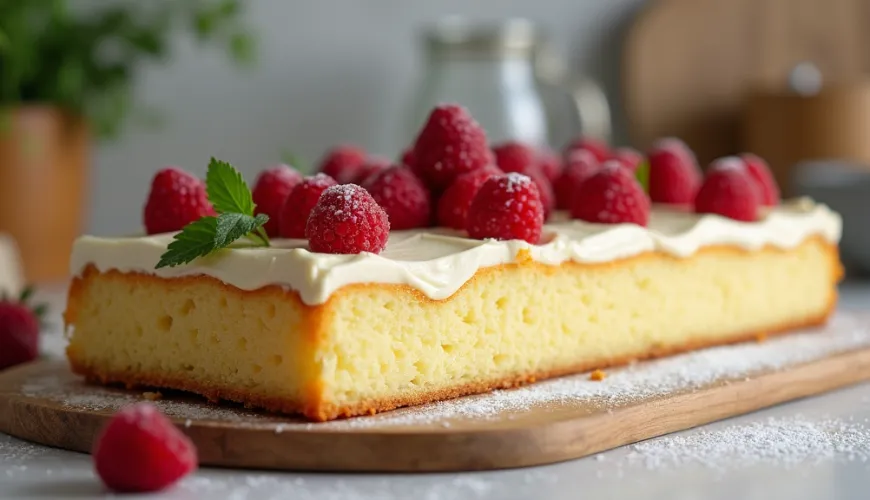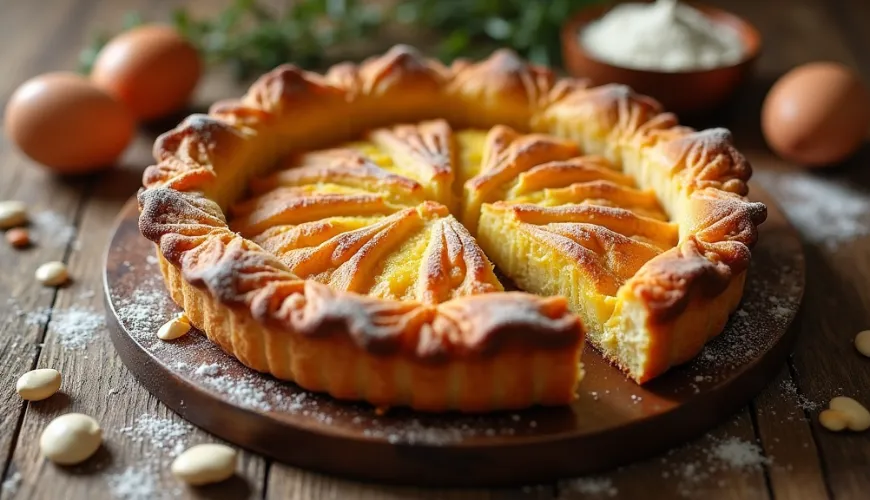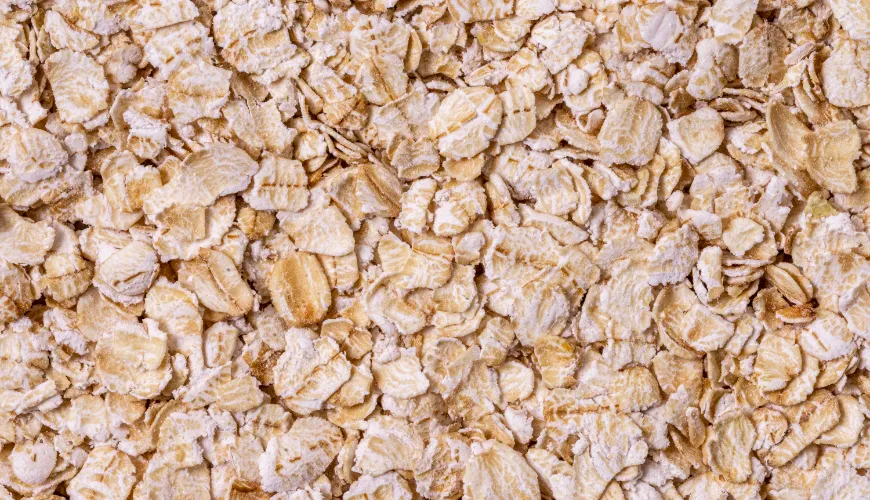
With these tips, you'll master sponge cake batter like a chef

The Secret to Perfect Sponge Cake Batter - How to Make a Fluffy Base for Cake and Tray
Sponge cake batter. A classic known to anyone who has ever baked a cake, a fruit sponge, or perhaps a roll. It’s not just any batter – it’s the foundation upon which countless favorite desserts stand. That’s why it’s so important to know how to prepare it correctly. Many think baking a sponge cake is easy, but anyone who has experienced a rubbery flat cake or a cracked sponge knows that getting the right ratio of ingredients and the technique of aeration isn’t straightforward.
Our grandmothers had their tricks – whether it was whisking by hand or adding a few drops of lemon juice to the egg whites. Modern kitchens, however, bring not only new appliances but also a better understanding of what makes sponge cake batter fluffy, flexible, and at the same time delicate. Whether you’re looking for the best sponge cake batter for a tray or a recipe for a sponge base for a festive cake, let’s explore what turns a simple mixture of eggs, sugar, and flour into a marvel of confectionery art.
What is Sponge Cake Batter and How Does It Differ?
Unlike other types of batter, sponge cake does not contain any fat – no butter, no oil. Its fluffiness relies solely on the air incorporated during the whisking of the eggs. More specifically, it’s an emulsion where egg whites form a foam and combine with yolks and sugar, while flour provides structure. The absence of fat makes the sponge so light, but it also places emphasis on the correct processing technique.
The fundamental difference between sponge cake batter for a cake and that baked on a tray for fruit sponges or rolls lies mainly in thickness and resulting structure. On a tray, the batter is poured in a thinner layer, so it should be more moist to prevent cracking. For a cake sponge, firmness and flexibility are crucial to easily cut and fill it.
Sponge Cake Batter for a Tray
When you hear the term basic sponge cake batter recipe for a tray, most of us think of a simple fruit sponge. This type of cake is the perfect way to start – the sponge layer must be firm enough to hold the fruit but also tender and moist. The classic ratio of ingredients is 1:1:1 – equal parts by weight of eggs, sugar, and flour. If you use 4 eggs, each should weigh approximately 55 g, totaling 220 g. The same amount should be used for flour and sugar.
Basic Recipe:
- 4 eggs (separated into whites and yolks)
- 150 g granulated sugar
- 150 g plain flour
- a pinch of salt
- optionally: a tablespoon of water or lemon juice to stabilize the foam
The process is simple but requires caution. First, the egg whites are whisked with a pinch of salt to stiff peaks. Sugar is added gradually to avoid collapsing the foam. This creates a shiny, firm foam. Then the yolks are whisked in, and finally, sifted flour is gently folded in. If you mix the batter too vigorously, the foam will deflate, resulting in a dense cake. But if you perform all steps gently and carefully, you will be rewarded with a light, flexible structure that melts in the mouth.
Sponge Cake Base
The cake base has its specifics. While the sponge on a tray can be somewhat looser, sponge cake batter for a cake needs a firmer structure and greater volume. This is achieved either by using more eggs or adding starch, or a bit of baking powder, if you don’t want to rely solely on whisking. A smaller amount of flour is also often used to keep the batter tender but still hold its shape.
While small mistakes can be overlooked in a homemade fruit sponge, for a festive cake where each layer should be beautifully cut and soaked with cream, you need absolute precision. It’s also worth baking the batter a day in advance and letting it rest – slicing will be easier and the structure will firm up.
Experienced pastry chefs also know the trick of flipping the baked sponge upside down and weighting it – the sponge will even out beautifully, making the cake look perfectly straight.
Tips for Perfect Sponge Cake Batter
What distinguishes an average sponge from a truly excellent one? First and foremost, it’s the way the eggs are whisked. Some recipes use whole eggs whisked with sugar in a water bath. This method is popular especially in professional patisseries and ensures a beautifully fluffy result without the need to separate yolks and whites.
At home, it’s more practical to separate the eggs and whisk the whites separately – this creates a more stable structure and a greater assurance that the batter won’t collapse. The temperature of the ingredients is also important – eggs should be at room temperature. Cold eggs are harder to whisk, and the batter will be less fluffy.
Don’t forget about properly preparing the baking form. The most common mistake is using butter and flour, which can prevent the batter from rising properly. For sponge cake, it’s recommended not to grease the form at all (if it’s non-stick) or to line only the bottom with parchment paper, allowing the batter to "climb" up the sides.
And then there’s baking. The oven should be preheated – sponge cake needs stable heat, ideally around 170–180 °C. Opening the oven door in the first 20 minutes risks the batter collapsing. You’ll know the sponge is done when it slightly pulls away from the edges of the form and springs back to the touch.
How the Sponge Cake Turned Out Even Without Experience
When Lucie, a mother of two from Plzeň, wanted to prepare her son's first birthday cake, she decided to try making a homemade sponge. She had never baked anything more complicated than gingerbread before. "I found a simple recipe for sponge cake batter, separated the whites, whisked for almost ten minutes – and then I was afraid I'd ruin it all when adding the flour. But slowly, by spoon, in small doses, and the batter held beautifully. In the end, I was thrilled – the cake was not only pretty but also fluffy like a cloud," she says with a smile. Such stories prove that even without years of experience, success can be within reach when you pay attention to the basics.
Sponge Cake Inspiration for Every Occasion
You may have noticed that sponge cake batter is incredibly versatile. One base, and so many variations! Want a refreshing summer dessert? Bake a sheet, spread with cream cheese, and sprinkle with raspberries. Planning a birthday cake? Prepare a round sponge and layer it with fruit and whipped cream. And how about a roll for Sunday lunch? Just a bit of jam and the right rolling technique.
The best sponge cake batter for a tray isn’t necessarily the most complicated. On the contrary – the simpler, the better. It's important to understand the principles, know the ingredients, and not be afraid to experiment.
As the famous French pastry chef Pierre Hermé once said: “The foundation is everything. Master the foundation, and you can master everything else." And with sponge cake, this rings doubly true.

